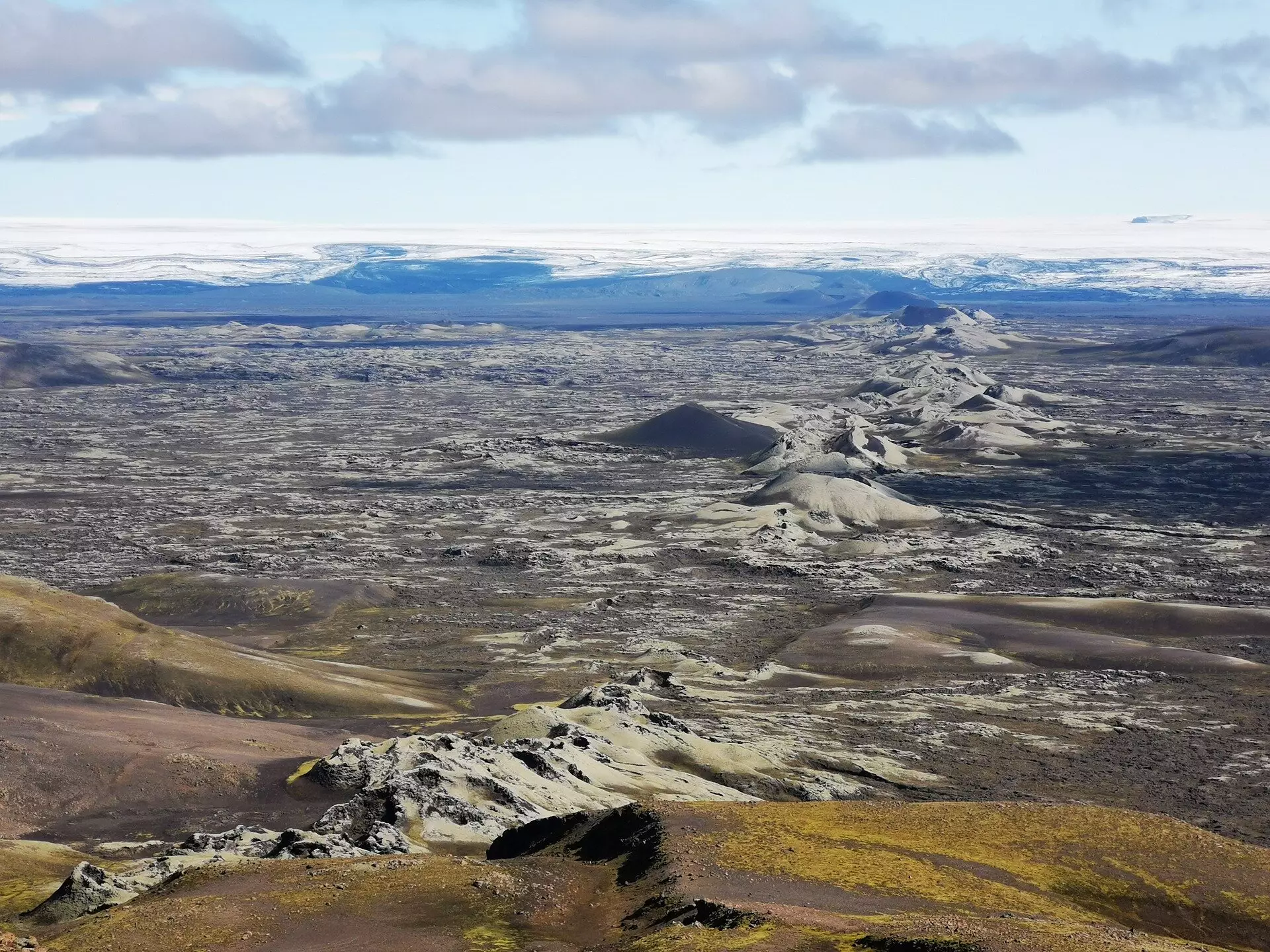Earth is a dynamic planet with a rich geological history, one that has primarily been shaped by mechanisms of plate tectonics. In a groundbreaking study, researchers have ventured to reconstruct the planet’s tectonic movements over the past 1.8 billion years, a remarkable stride in our quest to understand Earth’s past. This reconstruction, spearheaded by Xianzhi Cao and published in the journal Geoscience Frontiers, represents a pivotal attempt to map out nearly 40% of Earth’s geological history.
The endeavor to visualize Earth’s ancient continental arrangements results in what could be described as a mesmerizing animation – a dance of landmasses across epochs. It begins with a recognizable modern map and then gracefully transitions through time as tectonic plates shift, collide, and drift apart. The journey through this geological timeline reveals how the current continents once belonged to colossal supercontinents like Gondwana and Pangea. About 200 million years ago, during the reign of the dinosaurs, Gondwana amalgamated with landmasses now recognized as North America, Europe, and northern Asia, leading to the unification that formed Pangea. The timeline further unwinds to showcase even earlier supercontinents, namely Rodinia and Nuna, illustrating a continuous cycle of assembly and disassembly dictated by tectonic forces.
This reconstruction isn’t merely a historical curiosity; it holds significant implications for our understanding of Earth’s present and future. The tectonic processes responsible for mountain building and ocean creation significantly influence the distribution of vital resources necessary for life. The movement of plates enables the exposure of deep-earth elements on the surface, where they erode and eventually enrich rivers and oceans, nurturing life. Such nutrients, including phosphorus and molybdenum, are pivotal for biochemical processes that sustain living organisms.
The study of plate tectonics provides crucial insight into how life has evolved on Earth. The formation of supercontinents and the subsequent geological activities could be directly tied to significant biological developments. For instance, the emergence of complex cells about 1.65 billion years ago coincided intriguingly with the formation of the supercontinent Nuna. This is notable, as it suggests that the rise of towering mountains during that time might have played an integral role in facilitating the conditions necessary for the evolution of complex organisms.
Moreover, this study reinforces the interconnectedness of geological and biological systems. Elements released through tectonic activities not only benefit terrestrial life but also play a critical role in the atmosphere’s chemistry. Oxygen, a byproduct of photosynthesis, interacts with metals in ocean waters to form valuable ore deposits. Understanding the timing and location of ancient plate boundaries enables scientists to aid mineral explorers in seeking historically rich metal deposits presumably obscured by newer geological formations.
An exploration of Earth’s tectonic evolution also opens avenues to comprehend its climatic transformations. Earth’s unique tectonic characteristics dramatically impact global climate patterns over extended periods. The research aims to establish a digital model of Earth’s historic climate systems, essential for addressing essential questions about past climate crises, such as the “Snowball Earth” events and the significant rises in atmospheric oxygen.
The geological history unveiled through this research enables scientists to evaluate the feedback loops between geological processes and climate systems. As scientists can now link tectonics to climatic shifts, they can better appreciate both past and ongoing climate change phenomena, considering that some aspects of current changes can be attributed to human activities while others are natural cyclical processes triggered by tectonic movements.
While this initial exploration into Earth’s distant geological past is indeed revolutionary, it also indicates the beginning of what could become a comprehensive geological narrative spanning 4.6 billion years. There remains a wealth of knowledge yet to uncover from Earth’s layered lithosphere. As researchers continue refining methods and technologies to probe deeper into the planet’s geological records, we can anticipate a clearer understanding of Earth’s complex history.
In essence, the study spearheaded by Xianzhi Cao serves as a crucial mapping tool that underscores the significance of interplaying geological processes and biological evolution. Our planet’s captivating narrative is still unfolding, revealing the geological foundations upon which life thrives and beckoning us to delve deeper into the profound mysteries that reside beneath the surface.

